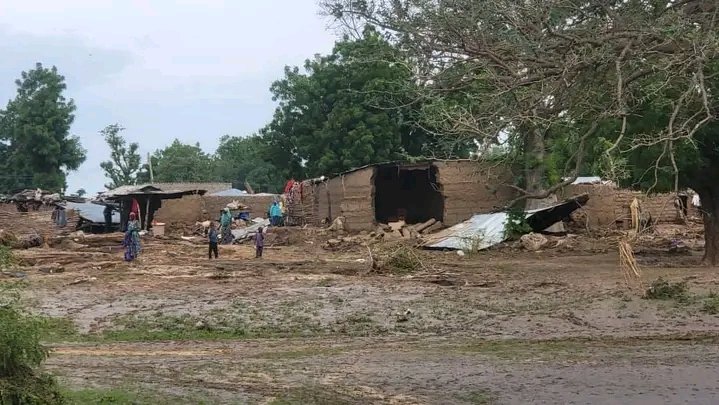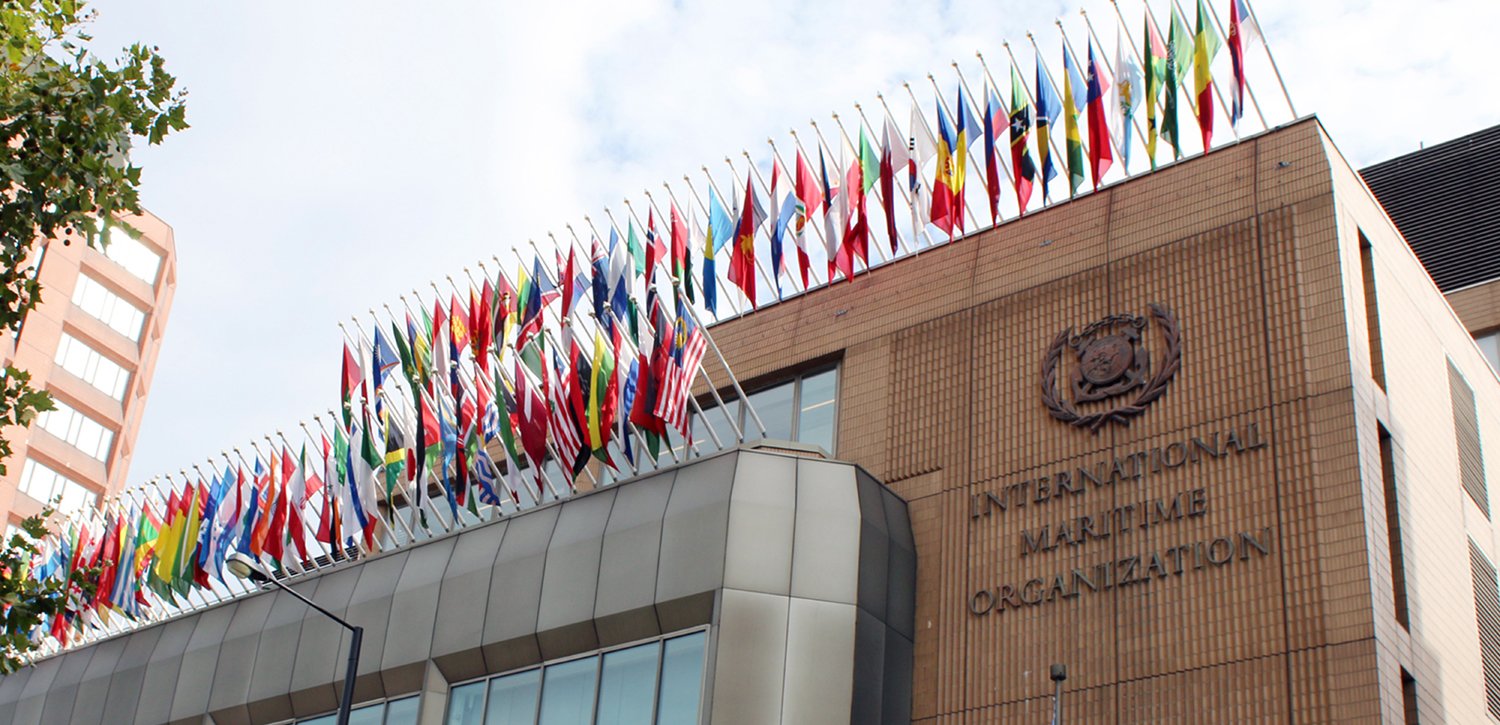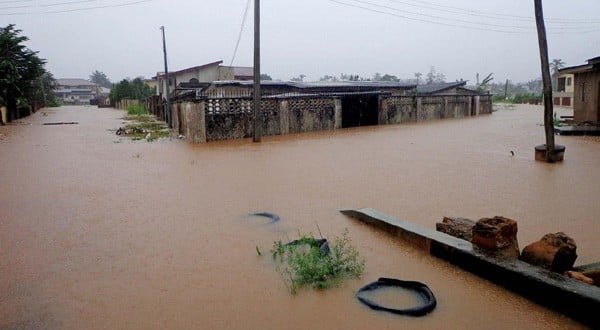Northern Nigeria is once again under water. Following days of unrelenting rainfall in late June, flash floods have torn through the communities of Chibok and Damboa Local Government Areas of Borno State, submerging homes, destroying livelihoods, and triggering fears of an impending public health emergency. The destruction is stark: no fewer than 1,209 houses have been confirmed destroyed by the Borno State Emergency Management Agency (SEMA). Hussaini Kafi in Kano writes.
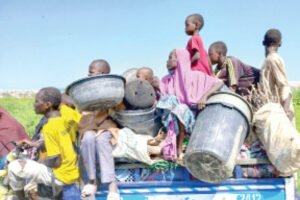
In Damboa LGA, the worst-hit, 1,103 houses were wiped out across communities like Gumsuri, Garjang, and Wovi, while in Chibok LGA, 106 homes were destroyed in Mboa, Whuntaku, and Yarchida. Displaced families are now taking shelter in schools, open fields, and temporary tents, many of them with no access to clean water, toilets, or medical care.
The catastrophe is unfolding just as the reconstruction of Alau Dam — a critical flood-control infrastructure near Maiduguri — remains stalled, nearly a year after it collapsed in September 2024. Experts now warn that the delayed dam project has left swathes of Borno State and the greater North-East region acutely vulnerable to seasonal flooding.
Governor’s Response and SEMA’s Assessment
Governor Babagana Umara Zulum expressed deep sorrow over the devastation, calling it a tragedy that demands urgent attention.
“I received with profound sorrow the sad news of the devastating flood disaster. My thoughts and prayers are with the bereaved families and all those affected,” Zulum said in a statement issued Thursday.
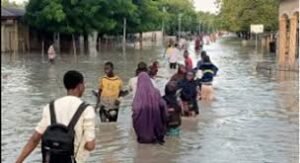
Acting Director-General of SEMA, Ali Abdullahi Isa, confirmed the extent of the destruction during a press briefing:
“A total of 1,103 houses were affected in Damboa, and 106 in Chibok,” Isa said. “We have deployed emergency response teams and delivered relief items to the affected communities.”
The agency also responded to a separate windstorm that struck Rumirgo town in Askira-Uba LGA, sending basic relief items and calling for divine protection against further disasters.
Alau Dam: A Broken Shield
Once considered a cornerstone of Borno’s flood mitigation strategy, the Alau Dam now stands as a symbol of governmental delay and systemic neglect. Constructed decades ago to regulate water from the Ngadda River Basin and supply potable water to Maiduguri, the dam was compromised during a torrential downpour in September 2024. Since then, promised reconstruction efforts have stalled.
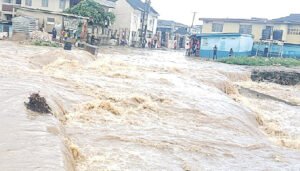
The North East Development Commission (NEDC) announced a ₦5.2 billion rehabilitation package last year, but official progress reports seen by Africa Health Report (AHR) reveal that only 23% of the work had been completed by June 2025.
Expert Speaks from Kano
Dr. Ibrahim Tijjani, an environmental hydrologist in Kano, told AHR that the collapse and delayed reconstruction of Alau Dam is a key enabler of Borno’s current flooding crisis.
“This is not just a natural disaster. It is the result of failed infrastructure,” Dr. Tijjani said. “Alau Dam should have acted as a buffer to absorb runoff and regulate downstream flow. With it out of commission, the floodwaters are wreaking havoc.”
He continued: “What we are seeing is the consequence of reactive governance. It’s unacceptable that after nearly one year, the reconstruction of such a critical dam is still crawling. This speaks volumes about our national disaster preparedness.”
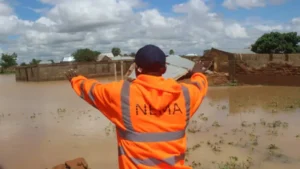
Dr. Tijjani explained that rainfall in the region is increasingly unpredictable due to climate change and warned that Borno and other North-Eastern states are sitting on a ticking time bomb unless proper flood defenses are put in place.
He also pointed to the lack of integrated flood risk mapping, outdated meteorological data, and poor coordination between state and federal agencies as factors compounding the crisis.
“There should be community-centered flood plans, more investment in real-time rainfall monitoring, and emergency drills for rural communities,” he added.
Echoes of Mokwa and Public Health Threats
The Chibok-Damboa flood comes barely a month after over 200 people died in Mokwa, Niger State, from similar flash floods. That tragedy sparked urgent warnings from the World Health Organization (WHO) and UNICEF over potential outbreaks of cholera, typhoid, malaria, and leptospirosis due to stagnant water and overcrowded shelters.
Health officials in Borno are now reporting a rise in diarrhea, skin infections, and fever cases among displaced persons. Medical volunteers on the ground told AHR that there are no mobile clinics in most of the affected areas, and only a few facilities have clean drinking water.
“We’re seeing children with stomach cramps, high fever, and skin rashes. There’s also a growing risk of respiratory infections due to overcrowding and poor ventilation,” said Dr. Hauwa Musa, a volunteer health worker in Damboa.
She added that the situation could spiral if early warning alerts and water purification interventions are not urgently scaled up.
The Human Toll
Among the displaced is 37-year-old Amina Bulama, a widow and mother of four from Wovi.
“The flood came in the night. My house collapsed while we were still inside. Thank God we escaped. But everything we owned is gone,” she said.
Her family now shares a room with four other families at a school turned shelter, sleeping on mats and relying on food from aid workers. In Chibok, some victims told AHR they had received only two sachets of water and one blanket since their displacement.
More Voices From the Ground
Local chief of Mboa village, Alhaji Tijjani Umar, said this year’s floods are the worst the community has seen in decades.
“Every year, we face the rain, but this time it came with fury. Even our health center was flooded. Pregnant women are now walking several kilometers to seek help,” he said.
Call for Urgent Action
Dr. Tijjani believes that unless the Alau Dam reconstruction is fast-tracked and backed with political will, the North-East could see deadlier floods in August and September.
“There needs to be immediate action on multiple fronts: finish the dam repairs, deploy mobile clinics, supply clean water systems, and launch community-based early warning networks,” he urged.
Civil society groups like the Centre for Human Rights and Civic Education (CHRICED) have also called on the Federal Government to declare a national flood emergency and activate contingency funds for Northern states.
Looking Ahead: A Test for Climate Resilience
Environmental experts argue that the recurring floods must force a broader rethink of Nigeria’s climate adaptation policies.
“This is not just about one dam. We must upgrade urban and rural planning laws, halt farming near riverbanks, and boost funding for the Nigerian Hydrological Services Agency,” said Dr. Aisha Gidado, a climate scientist with the Centre for Environmental Risk Research, Abuja.
According to her, the North-East is emerging as one of the most climate-vulnerable regions in Africa, and the government must invest in risk insurance and climate-smart agriculture.
The floods in Chibok and Damboa are more than just a seasonal misfortune. They are a symptom of deeper infrastructural neglect, worsening climate vulnerability, and inadequate policy response. With hundreds homeless and disease looming, stakeholders warn that the window for preventive action is closing fast.
“We are in a race against time,” said Dr. Tijjani. “The rains will not wait for bureaucracy to catch up.”

